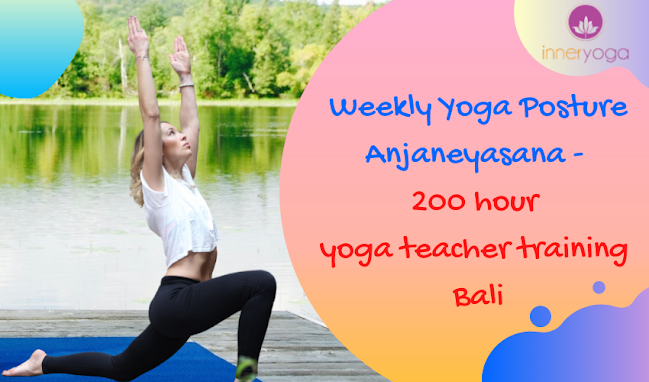Pranayama - The Power of the Breath & Becoming a Yoga Instructor
On your journey to Becoming a Yoga Instructor, you will rapidly discover that Pranayama is as important, if not, more important than asana practice and here is why:
As we now, the breath is the most vital process for the body’s survival. It not only influences the activities of each and every cell but most importantly, it is directly linked with performance of the brain. With every breath, we allow the burning of oxygen and glucose, producing energy to power mental process, glandular secretion, and muscular contraction
On average,
human beings breathe about 15 times per minute.
That
represents 21,600 times per day.
The problem we encounter is that most people breathe incorrectly, using only a small part of their lung capacity. Without realizing it, they are depriving the body of oxygen and prana, which is essential for homeostasis. Irregular and shallow breathing disrupts the rhythms of the brain and can lead to physical, emotional, and mental blockages.
Pranayama
is a significant part of our 200h Yoga Teacher Training.
as it allows us to establish regular breathing patterns, giving us control on the breath and prana (vital energy) so we can come back to the natural, relaxed rhythm of the body and mind.
Living in our modern lifestyle, we are constantly triggering our sympathetic nervous system (stress response) with our shallow, disrupted breath, so it becomes essential for good health to practice the techniques of Pranayama; as they provide activation and control of the life force “prana” which allows a higher state of vibratory energy and awareness.
Through the practice of asana you attain control on the body, Pranayama allows you to attain control on the mind.
The first
Pranayama technique is the Abdominal or diaphragmatic breathing. It is
practised by bringing the attention to the navel, allowing the belly to inflate
on the inhale and deflate on the exhale.This breathing technique focuses on the
action of the diaphragm and minimizes the action of the ribcage. Inhale and
exhale should always be done through the nose, unless indicated otherwise.
This is a
preparatory technique which introduces correct breathing habits.
Only once
Abdominal or diaphragmatic breathing is mastered, can you then explore all the
other pranayama techniques.
It is highly recommended to learn the practice of Pranayama by a qualified teacher.
We welcome you to join our next 200h Yoga Teacher Training in Bali March 6-28th, 2021
Tap to more details: https://www.inneryogatraining.com/pranayama-the-power-of-the-breath-becoming-a-yoga-instructor/
Inner Yoga Blog 3
Stephanie Parent
January 19 2021




Comments
Post a Comment